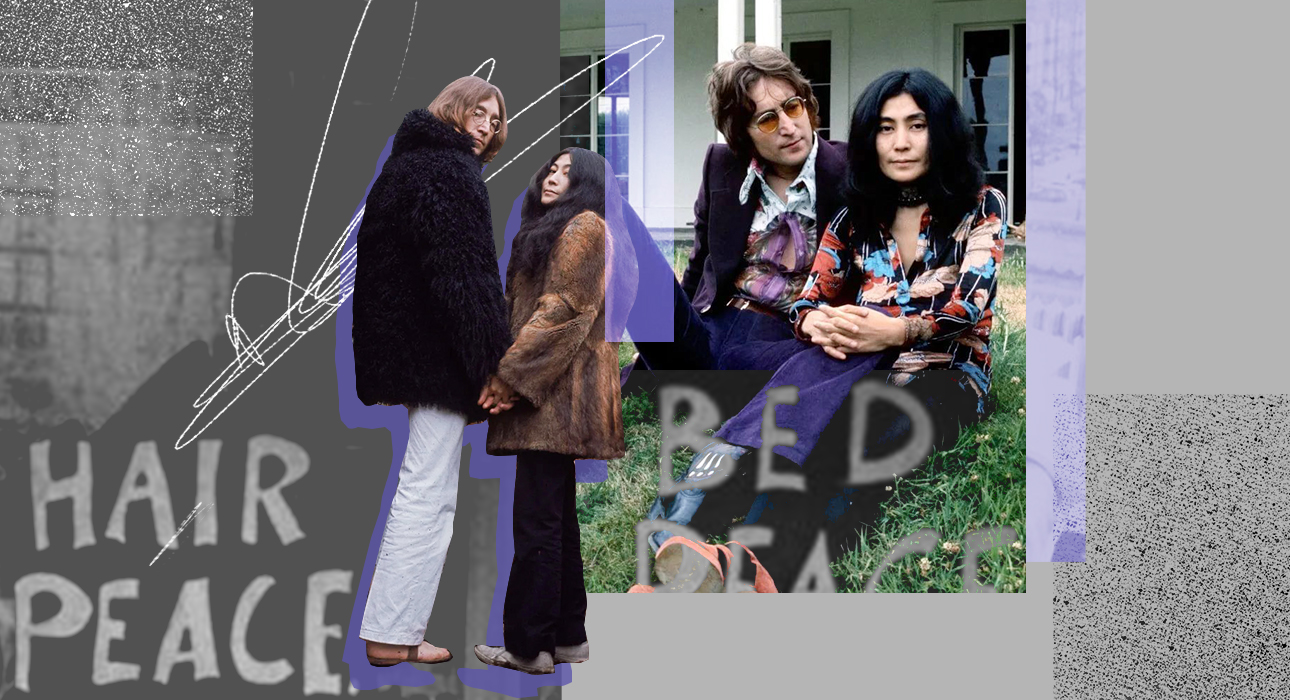A talented musician and the idol of millions, he is an avant-garde artist and together they are an untold symbol of the 60s era. They created, fought for world peace, but most importantly, they loved sincerely. We’re talking, of course, about John Lennon and Yoko Ono. And today, February 18, the last muse of the musician turned 91 years old. On this occasion, we decided to talk about five iconic images that influence fashion.
But before that, we invite you to remember the touching love story of one of the brightest and most extravagant couples of that time. Yoko Ono and John Lennon met at the Indica Gallery in London in 1966, where the Japanese artist presented the exhibition “Unfinished Paintings and Objects”. While visiting the exhibits, Yoko approached the famous singer and gave him a card with the words “Breathe” written on it. The next day, Lennon found another postcard from the artist in his mailbox. “Look”, “Dance”, “Remember” – the singer sang very simple, but very romantic notes almost every day. A few years later Lennon would say it was “intellectual or fucking avant-garde”.
They say it only took one meeting with John for Yoko to realize that he was her destiny. When she returned home after the exhibition, she wrote in her diary: “I have finally met a man I can love.” And this love was also reflected in the couple’s images. Let’s take a look at five of the most memorable.
wedding look
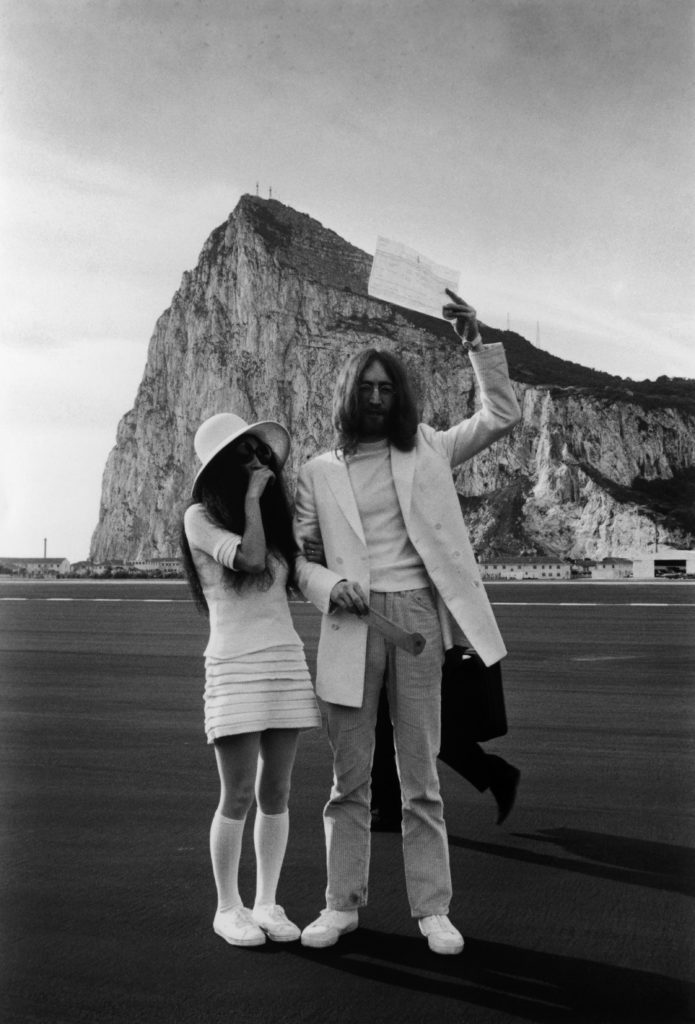
In 1969, John Lennon and Yoko Ono married on the Gibraltar Peninsula. And yes, instead of a fluffy dress with lace and frills, the bride preferred a simple miniskirt, knee socks and white sneakers. She completed her dress with a wide-brimmed hat and sunglasses. This ensemble looked truly avant-garde, as befits the rebellious character of the artist. Needless to say, after the release of Ono and Lennon’s wedding photos, hundreds of couples around the world wanted to repeat the image.
protest image
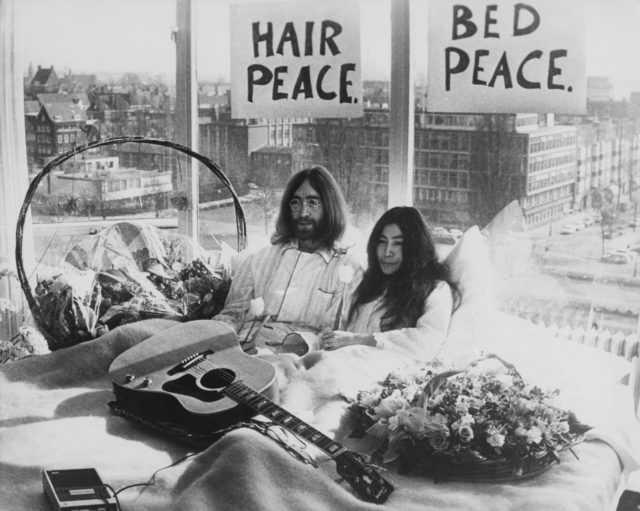
However, the couple spent their honeymoon in a bed at the Hilton Hotel in Amsterdam, launching the famous “In Bed for Peace” campaign against the Vietnam War. For a week, they invited journalists from all over the world to their rooms and gave interviews in which they called for an end to wars. That’s when the famous slogan appeared: Don’t fight, make love (“Don’t fight, make love”).
The image of intellectual hippies
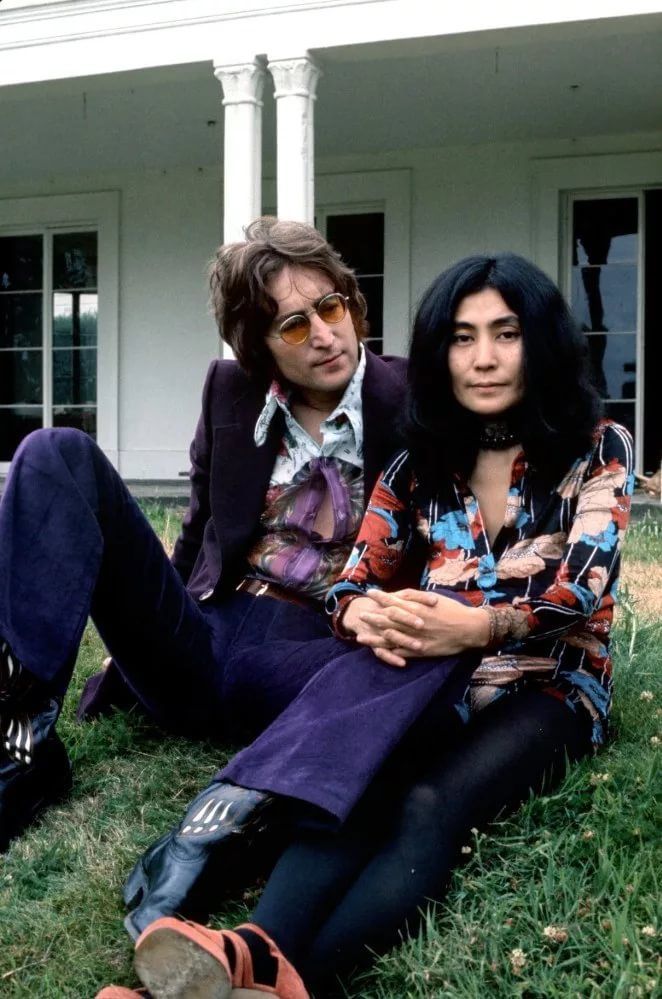
While at the beginning of the Beatles era, John Lennon wore formal trousers, black turtleneck sweaters and leather jackets, by the end of this musical era he had changed to colorful shirts, bell bottoms and wide-brimmed hats. This could not have happened without the influence of Yoko Ono, who blamed a significant half of Lennon’s fans for the breakup of the group and many other “deadly sins”. However, Lennon’s new style, influenced by Ono, became a symbol of the hippie era. Round glasses with colored lenses are still associated only with him.
Couple looking for travel
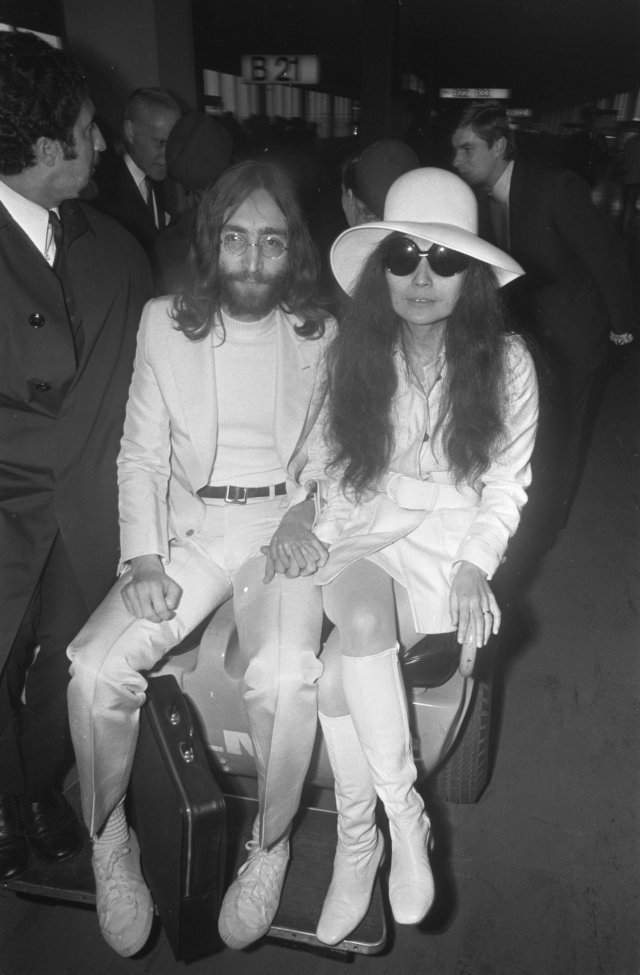
John Lennon often called Yoko “himself in disguise”; They had a lot in common. Maybe that’s why we often saw the main couple of the hippie era in double appearance. And yes, they started practicing duo training long before it became a trend. And here is one of the outfits that went down in history. In April 1968, John Lennon and Yoko Ono were photographed at Vienna Airport. He wore a white suit, turtleneck sweater and sneakers, while she wore white boots, a wide-brimmed hat and a jacket with an accent belt. Simple but very sexy!
best boyfriend picture
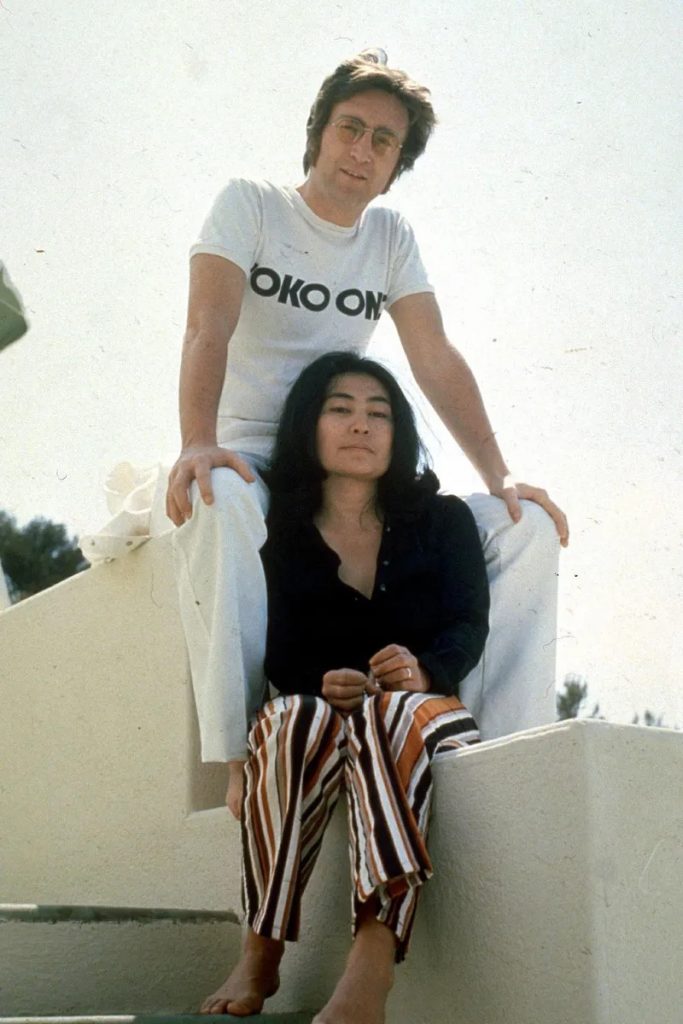
How can you prove your endless love to a girl? Let’s take an example from John Lennon, who proudly walks around wearing a T-shirt with the name Yoko Ono. By the way, in the 1970s the musician wore especially printed items. Another iconic wardrobe item is the New York City t-shirt, which was later copied by numerous brands.
Source: People Talk
Elizabeth Cabrera is an author and journalist who writes for The Fashion Vibes. With a talent for staying up-to-date on the latest news and trends, Elizabeth is dedicated to delivering informative and engaging articles that keep readers informed on the latest developments.

